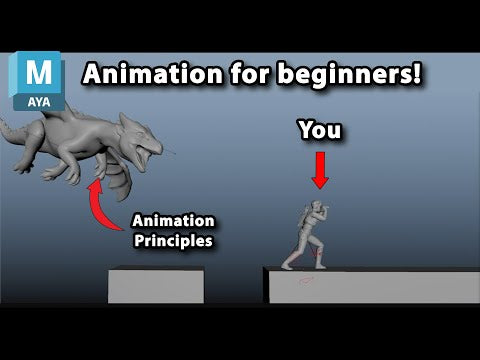Your Cart is Empty
Customer Testimonials
-
"Great customer service. The folks at Novedge were super helpful in navigating a somewhat complicated order including software upgrades and serial numbers in various stages of inactivity. They were friendly and helpful throughout the process.."
Ruben Ruckmark
"Quick & very helpful. We have been using Novedge for years and are very happy with their quick service when we need to make a purchase and excellent support resolving any issues."
Will Woodson
"Scott is the best. He reminds me about subscriptions dates, guides me in the correct direction for updates. He always responds promptly to me. He is literally the reason I continue to work with Novedge and will do so in the future."
Edward Mchugh
"Calvin Lok is “the man”. After my purchase of Sketchup 2021, he called me and provided step-by-step instructions to ease me through difficulties I was having with the setup of my new software."
Mike Borzage
V-Ray Tip: Crafting Photorealistic Eyes in V-Ray: Essential Techniques for Lifelike Characters
August 10, 2024 2 min read

When creating lifelike characters in 3D, the eyes are one of the most important elements to get right. They say eyes are the windows to the soul, and in V-Ray, crafting photorealistic eyes can bring a character to life. Here are some tips to achieve highly realistic eyes using V-Ray:
- Start with Realistic Geometry: The shape of the eye is critical. Make sure to model the cornea, iris, and sclera correctly. The cornea should have a slight bulge; it's not just a flat surface.
- Use the Right Materials: Assign different materials to different parts of the eye. The cornea requires a material with high glossiness and reflectivity, while the sclera needs a more diffuse and less reflective material.
- Sub-Surface Scattering: For the sclera and iris, use a material with sub-surface scattering (SSS) to simulate the light that penetrates these translucent parts of the eye.
- Complex Iris Texture: The iris isn't just a single color. Use detailed, high-resolution textures with varying colors and intricate patterns that mimic the unique characteristics of a human iris.
- Layered Reflections: Eyes have multiple layers of reflection. Include the strong, sharp reflection on the cornea and a softer, more diffused reflection on the eye's surface to make them look moist and realistic.
- Refraction is Key: Cornea refraction is essential for realism. Adjust the IOR (Index of Refraction) value to around 1.4, which is typical for human eyes, to get the right bending of light.
- Anisotropy for the Cornea: To mimic the way light reflects differently along the surface of the cornea, use an anisotropic reflection model.
- Depth and Shadow: Use a small shadow or dark ring around the iris, known as a limbal ring, which can add depth and realism to the eye.
- Consider the Environment: Eyes reflect the environment, so adding an environment map or actual geometry for reflection can enhance realism.
- Adjust Highlights: The highlight in the eye (catchlight) is crucial. Position your key lights to create a natural and appealing catchlight on the cornea.
Remember, the subtleties make all the difference. Small variations in color, texture, and reflection can lead to a more convincing eye. For more advanced techniques and specialized tools for creating stunning visuals with V-Ray, be sure to visit NOVEDGE, where you can find resources and purchase software to enhance your projects.
```You can find all the V-Ray products on the NOVEDGE web site at this page.
Also in Design News

Animation for Beginners - Part 2: 12 Animation Principles you NEED to know
January 14, 2025 1 min read
Read More
ZBrush Tip: Enhancing 3D Model Precision with ZBrush's TrimCurve Tool
January 14, 2025 2 min read
Read More
Revit Tip: Utilizing Design Phases to Enhance Revit Project Efficiency and Collaboration
January 14, 2025 1 min read
Read MoreSubscribe
Sign up to get the latest on sales, new releases and more …


